I think the Google Pixel 9a is brilliant, but it has me questioning annual upgrades more than ever before
The Pixel 8a is still a brilliant option

Google’s Pixel range comprises some of the best phones on the market right now, but it’s with the A series that the phonemaker really shines. Year on year, the company has produced one of the best affordable premium smartphones, beating out competitors on price while offering exceptional performance where it matters. In 2025, however, I’m feeling less energetic about the beloved handset.
Don’t get me wrong – the Google Pixel 9a is a phenomenal phone and there are legitimately good reasons to buy it. It’s no doubt better than the iPhone 16e where it matters most and more accessible than the Samsung Galaxy S24 FE.
However, it’s only slightly higher specced than the Pixel 8a, and introduces a new design that looks more iPhone-like than anything else.
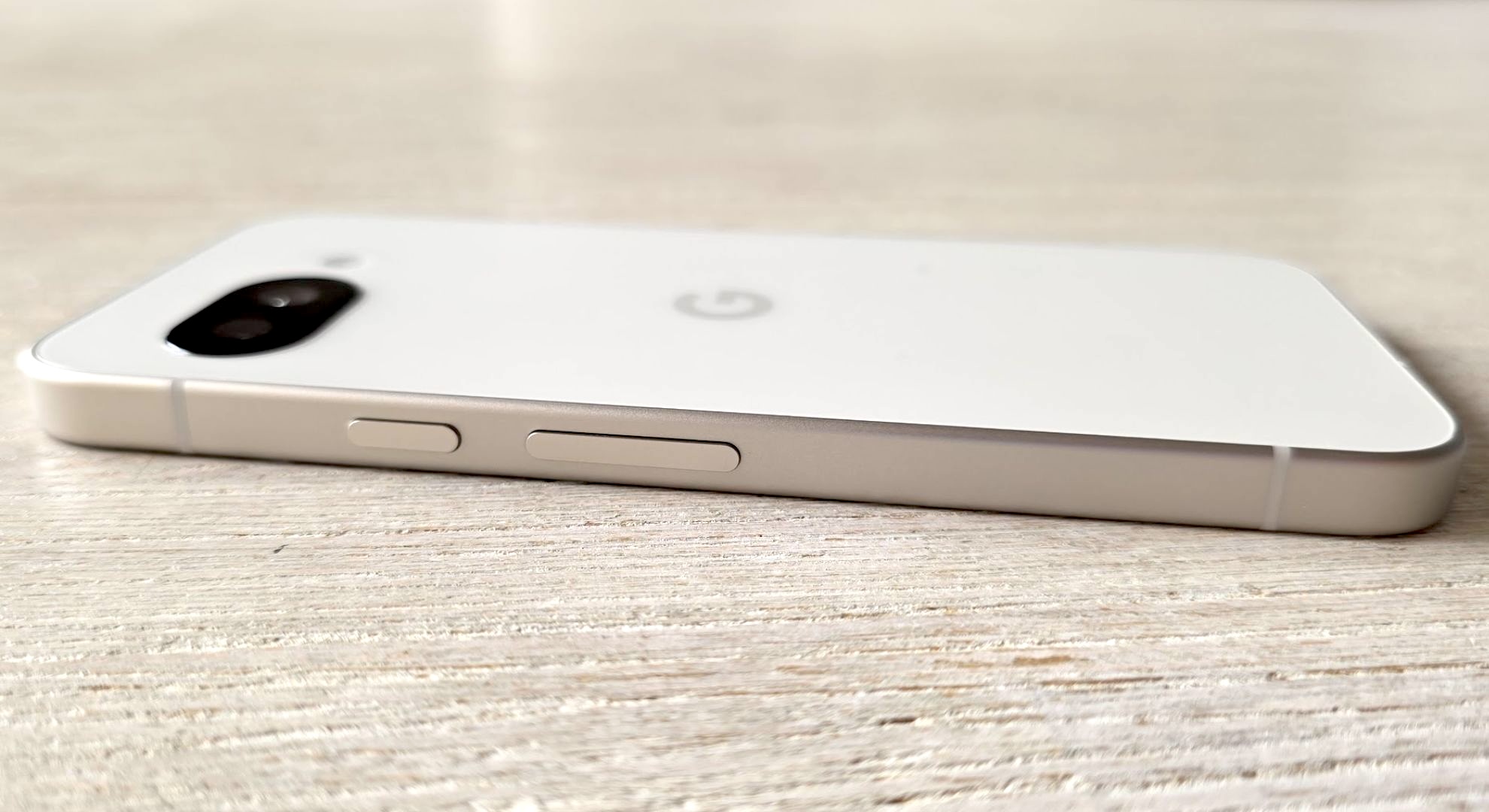
The Tensor G4 chip found in the Pixel 9a only offers gentle performance improvements over the G3 in the Pixel 8a. The larger battery only accounts for about two extra hours of battery life in our stress test – worthy of note and praise, but not enough to offset the Tensor’s habit of being a power hog.
And so when collecting my thoughts on the Pixel 9a, a phone I’ve enjoyed using over the past month, I’ve really only been pushed back to the Pixel 8a – a phone I truly loved but scolded for a price bump it received in Australia (where I live) over the 7a. Weighing the differences, it’s tough for me to recommend the Pixel 9a as the phone to buy, when the previous model is now cheaper and technically similar. After all, the main focus of the A series device is to be accessible – so I’m naturally in favor of the less expensive device.
Old vs new
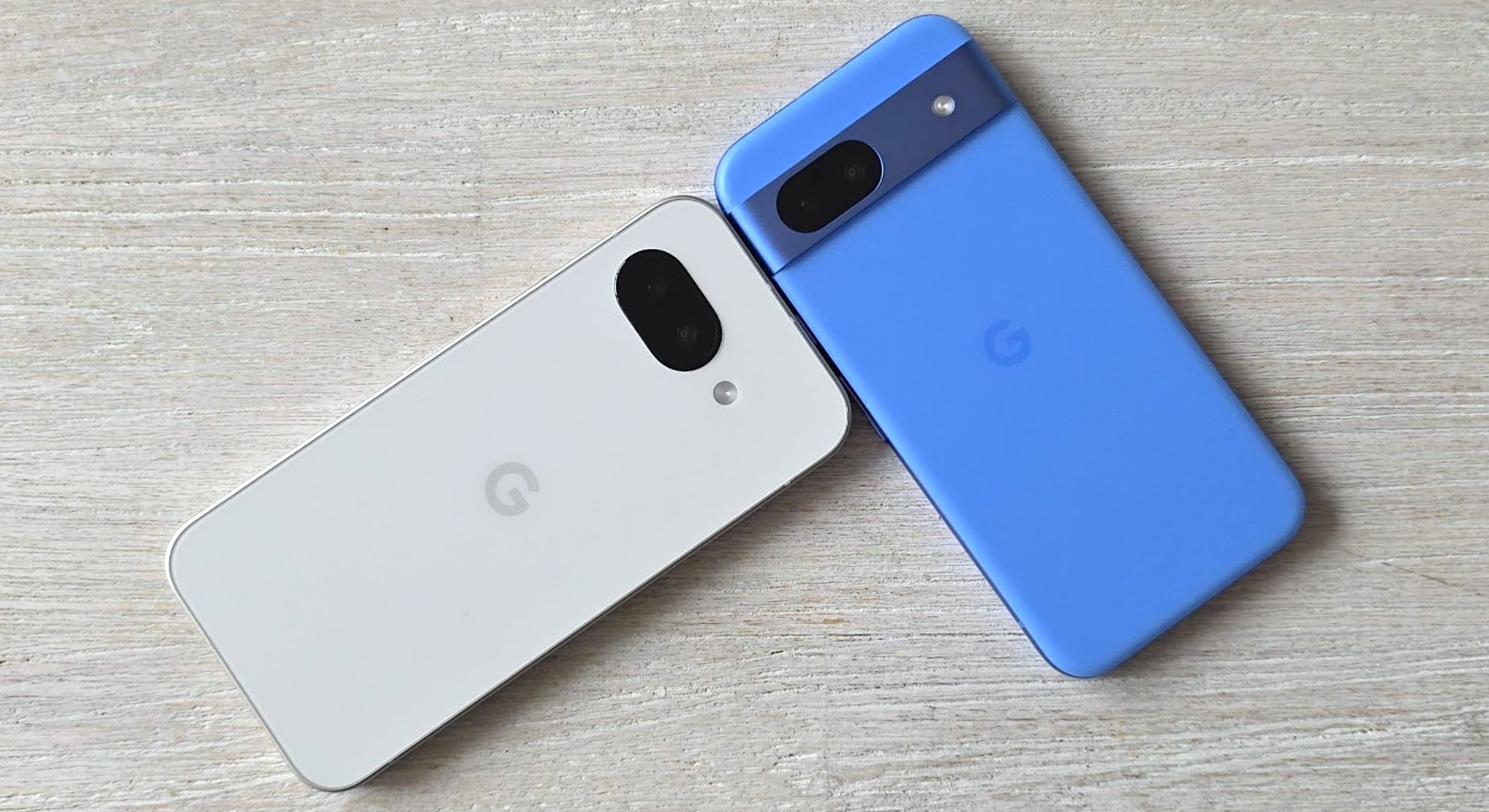
The Pixel 8a is much the same beast as the Pixel 9a, but in fairness I think there are legitimate reasons for someone to upgrade. Looking at benchmarks passed through Geekbench and 3DMark, there’s not much of a performance argument to be made here, but there are odd features that may have you wanting the newer device, such as the new editing tools and the higher brightness.
I’m just going to be efficient. Below I’ve listed the areas where the phones actually differ. I’m not listing the price, as they both had the exact same starting cost though retailers are now offering the Pixel 8a cheaper.
Sign up for breaking news, reviews, opinion, top tech deals, and more.
Spec | Google Pixel 9a | Google Pixel 8a |
|---|---|---|
Size / design | 154.7 L x 73.3 W x 8.9 D mm / squared design with flat back (no camera bar) | 152.1 L x 72.7 W x 8.9 D mm / rounded design with curved back (camera bar) |
Cameras | 48MP (wide) / 13MP (ultrawide) / 13MP (selfie) | 64MP (wide) / 13MP (ultrawide) / 13MP (selfie) |
Display / brightness | 6.3-inch P-OLED / 1080 x 2424 / 2700 nits peak brightness | 6.1-inch OLED / 1080 x 2400 / 2000 nits peak brightness |
Battery (capacity) | 5,100mAh | 4,492mAh |
Battery (Future Labs rundown test) | 13 hours and eight minutes | 11 hours |
Charging | 23W wired / 7.5W wireless | 18W wired / 7.5W wireless |
Charging times | 50%: 30 Minutes 100%: 94 minutes | 50%: 32 minutes 100%: 100 minutes |
IP rating | IP68 | IP67 |
Years of support | Seven years | Seven years (six remaining) |
CPU | Tensor G4 | Tensor G3 |
3DMark Wild Life test | 9213 (maxed out) | 8500 |
3DMark Wild Life Extreme test | 2617 | 2430 |
Geekbench single core test | 1697 | 1373 |
Geekbench multi core test | 4333 | 4306 |
Additionally, the Pixel 9a also includes several editing features previously found on the more expensive Pixel 9 devices, such as Add Me, macro focus, auto frame, Reimagine and macro focus video. The charging time figures above were observed by the good folks at Android Authority.
With retailers still offering the Pixel 8a, and often at a steeply discounted price, there’s not really a lot of improvement here that’d make me want the Pixel 9a instead. The screen is nicer and slightly larger, but not as large as the one found on the similarly priced Nothing Phone 3a Pro – a phone that I personally prefer over the Pixel 9a, also.
The Pixel 9a has observably better gaming performance, but I’d argue that, if gaming’s a priority for you, you’d be better off with the iPhone 16 Plus or, hell, the Pixel 9 Pro XL – though obviously these don’t come cheap, and if you’re OK with a smaller display, the 9a might be fine.
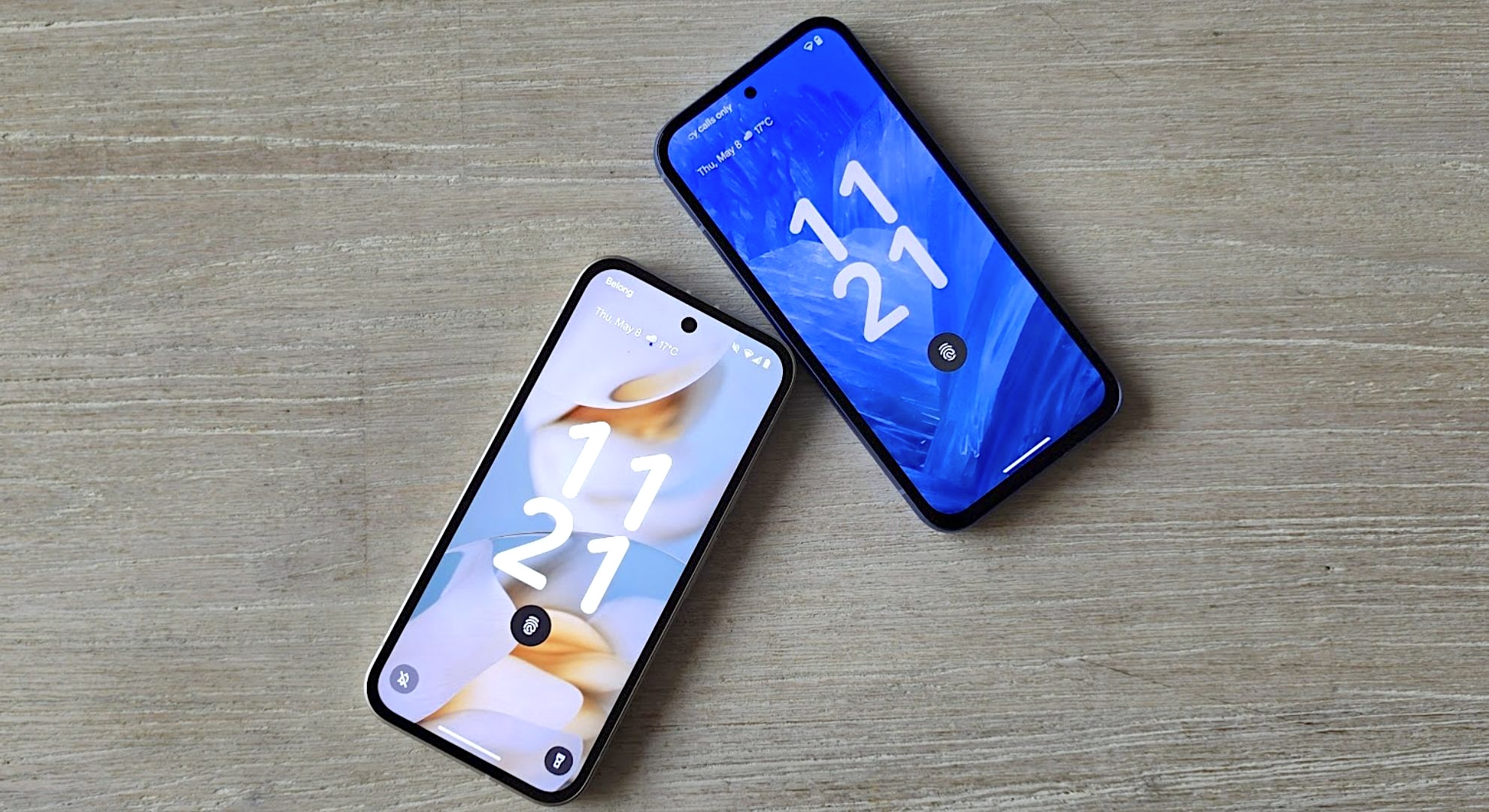
The battery may be larger in the Pixel 9a than in the Pixel 8a, but that hasn’t really translated to a meaningful difference on testing (or in my day-to-day use). The same can be said of charging times, despite a 5W increase in capacity.
The cameras are brilliant on both devices and I’m not prepared to say one is better than the other – Google’s really good at this specific thing and you’re getting a brilliant snapper either way.
Finally, on the topic of ongoing support, it’s brilliant that phone companies are starting to support their devices for seven years. However I’d argue that, even if shopping for an affordable all-rounder like the Pixel 9a, you’d likely upgrade within that time. You’ll notice quality and battery alike degrade and you’ll probably be looking for the next thing within three or so years – but even if you want to keep your phone around for a while, six years of remaining support isn’t bad at all.
What's worth upgrading for?
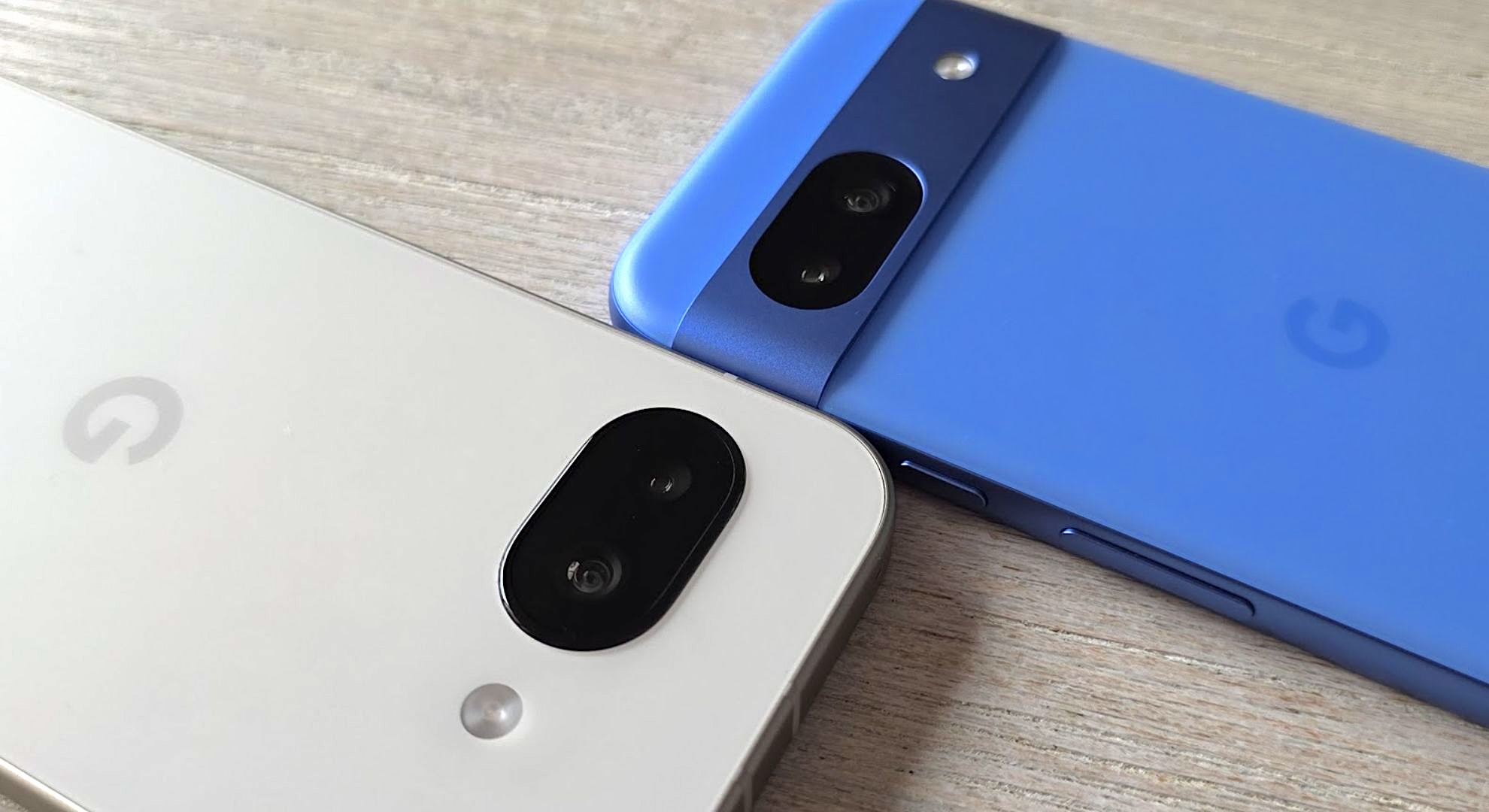
Don’t take me as pessimistic – there are legitimate reasons for getting the Pixel 9a instead of the 8a.
The brighter screen is a good one. The 700 nits difference in favor of the Pixel 9a is observable, although the 2,000 nits performance of the Pixel 8a still leaves many key competitors (looking at you, iPhone 16e) in the dark.
The stronger IP rating of the Pixel 9a would give me greater peace of mind that it wouldn’t break as easily from contact with water. The same goes for the greater battery life – even if I may argue in the previous section that it’s not that big of a difference, you may personally be shopping for the biggest battery possible, and I can’t argue against that.
There's also those earlier mentioned camera and editing tools that the Pixel 9a has – you might be particularly taken by some of them (Add Me is very cool), and although I don't think any of them are more worthwhile than a saving, you might prefer a more feature-rich handset.
Finally, the phone looks great! I actually love the design – Google’s removal of the camera bar originally had me apprehensive, but I don’t mind what they’ve done with a more neutral shape. It’s more iPhone-like and generally might be preferred among some shoppers.
Look for a sale
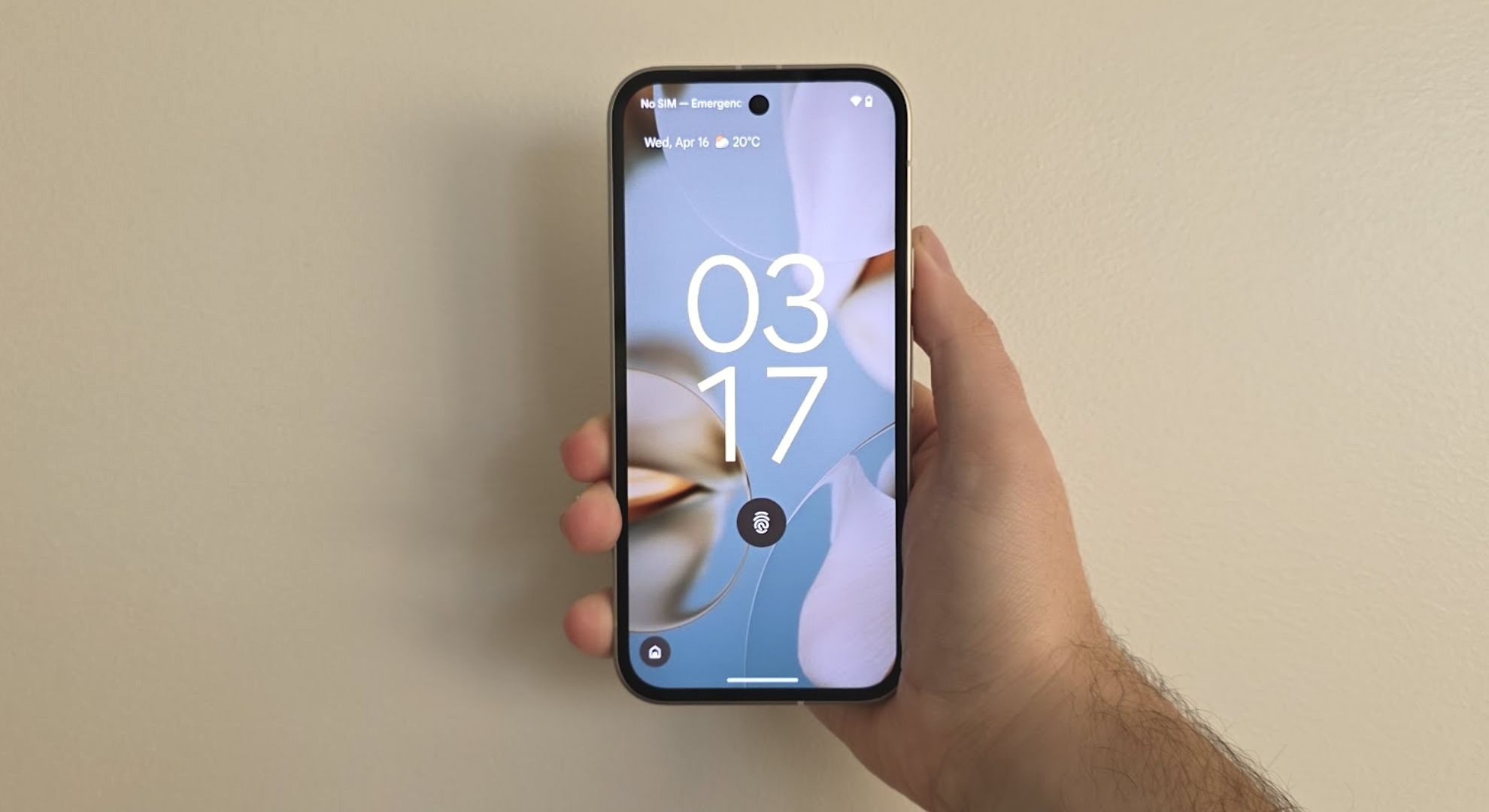
It’s a safe bet the Pixel 8a will be discounted more and more as time goes on, and I’d encourage you to jump on it when the price suits. The Pixel 9a will also likely see a discount sometime in 2025 from some retailers (likely including Google itself come Pixel 10 season), but we’ll have to wait and see.
I’d really love for Google to reshape its range around the A series – it’s a phenomenal device, but I can’t help but feel that they could make it more appealing. A cheaper variant is at the top of my list, but also a model with a larger screen would be nice – one that brings the fight to other Android phones that may offer larger displays but miss out on all the other great Google features.
For now though, while I’m usually head over heels for new phones, I’ve long been of the mind that Google’s Pixel range should be just a tad more accessible, given a couple of price increases in the past five years. I’d certainly like the Pixel A to be cheaper, and it’s a shame that we can’t call the Pixel 9a ‘budget’. With price drops, however, the Pixel 8a is looking more and more attractive.
You might also like...
- Nothing makes sense: why the company's new 3a Pro is my favorite affordable premium smartphone over the Google Pixel 9a
- From iPhone to Android and (almost) back again – the iPhone 16e failed to lure me back to iOS
- After 3 weeks with Samsung's Galaxy A56, I'm closer than ever to ditching my iPhone for Android

Zac was part of TechRadar's Australian phones desk, covering the big releases from the likes of Google, Samsung and Apple. He continues to write about the Aussie EV market for this publication. He's previously written for Gizmodo Australia, Canstar Blue and The Daily Mail Australia (with articles on Nine, Junkee, Kotaku Australia and Lifehacker Australia).
You must confirm your public display name before commenting
Please logout and then login again, you will then be prompted to enter your display name.